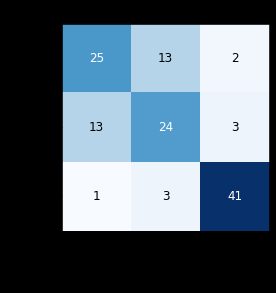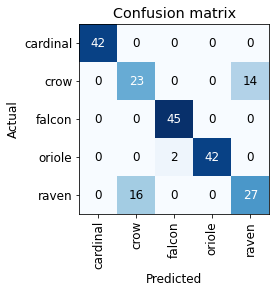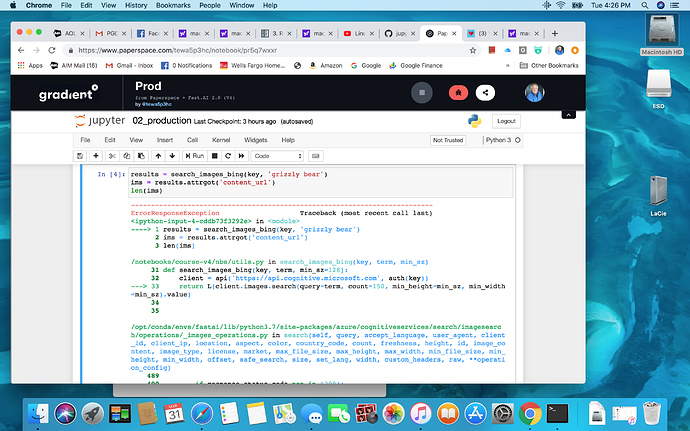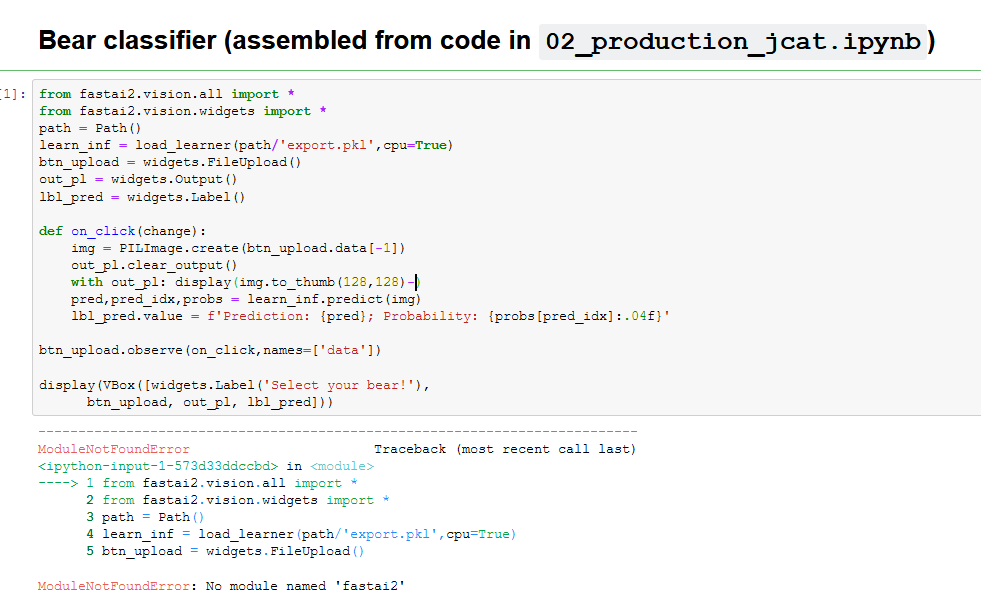Hi ganesh.bhat hope you are having a marvelous day.
I think you will find, that when your classes contain images that look very similar, you will experience these issues, added to the problem of mislabeled images, makes the situation more problematic.
The problem you describe, is why there are not more pretrained models, as models like Resnet34 and others have been checked and curated by hand.
I trained a wrist watch classifier and experienced the same issues as you have here.
I have found in my experience if a human would have difficulty classifying some images so can an AI.
For example If a human where to look at images of a car tyre and a bus tyre and the images were the same size it would be difficult to identify which is which especially if you couldn’t see the writing on the side of the tyre’s.
I didn’t improve the performance of the wrist watch classifier because I ran out of time, I felt I would need to add text classification to read the name on the wrist watch face.
Also every time I added more than 3 classes the accuracy went down.
Almost every watch maker, makes a model that looks like a famous watch such as a specific Cartier or a Rolex.
Lastly as I said earlier when I compared some watches of different brands they had the same watch face, hands, numerals, strap, body and buttons and knobs. therefore I could see no difference in the features a model could detect.
Also in the teddy bear classifier, a teddy bear looks very different to a black or brown bear and there are enough differences between the brown bear and black to classify.
In fastai V1 Jeremy talks about the difficulties of classifying a certain breed of cat as online you can find experts arguing the differences between these cats as they look so similar.
One other thing. I have seen a classifier that can recognize which city a piece of land belongs to from a satellite image. Though this is difficult for a human to tell which bit of land is from which city in the world. There are hundreds of differences that a model can detect.
Hope this helps
Cheers mrfabulous1 




 on Paperspace. I had to do
on Paperspace. I had to do 

